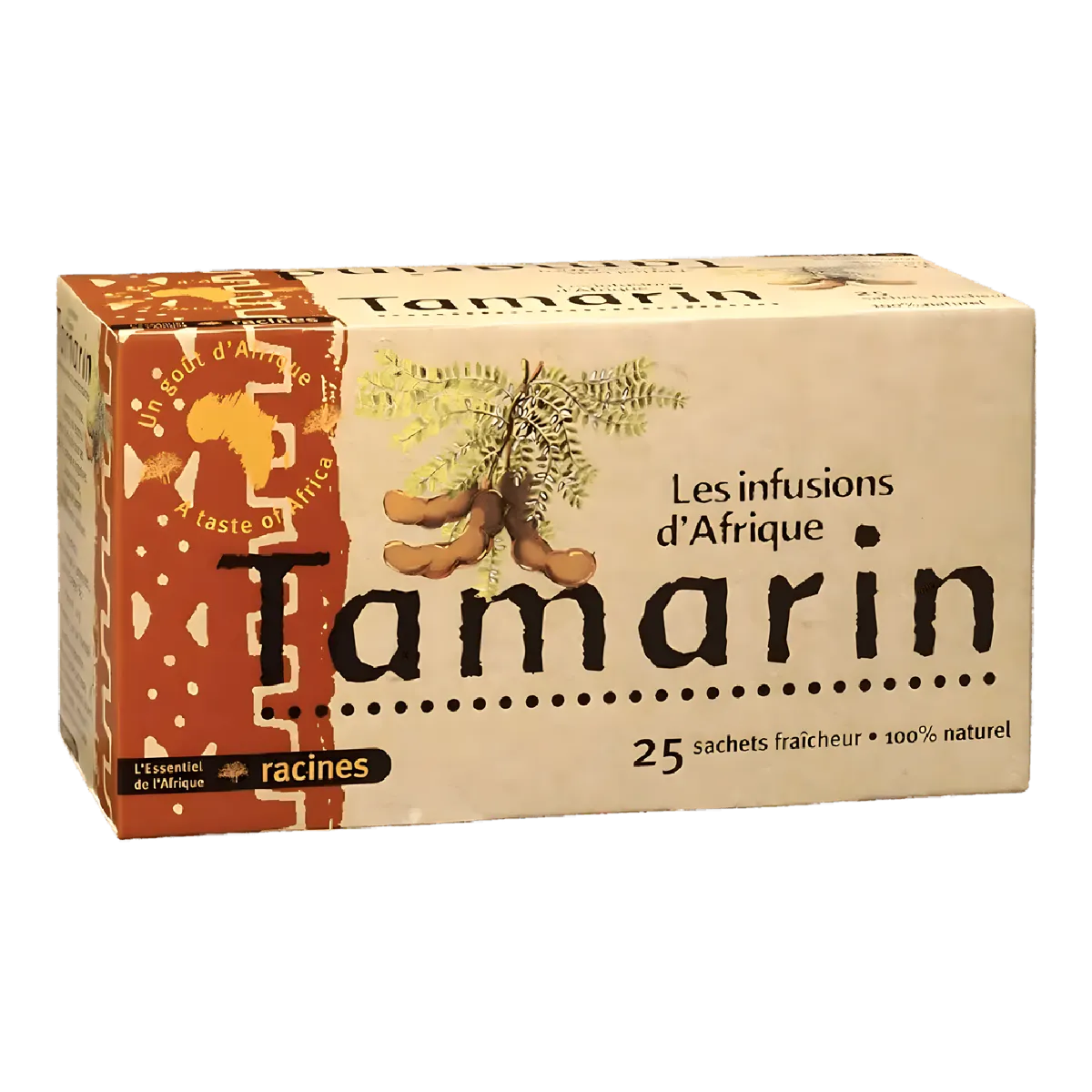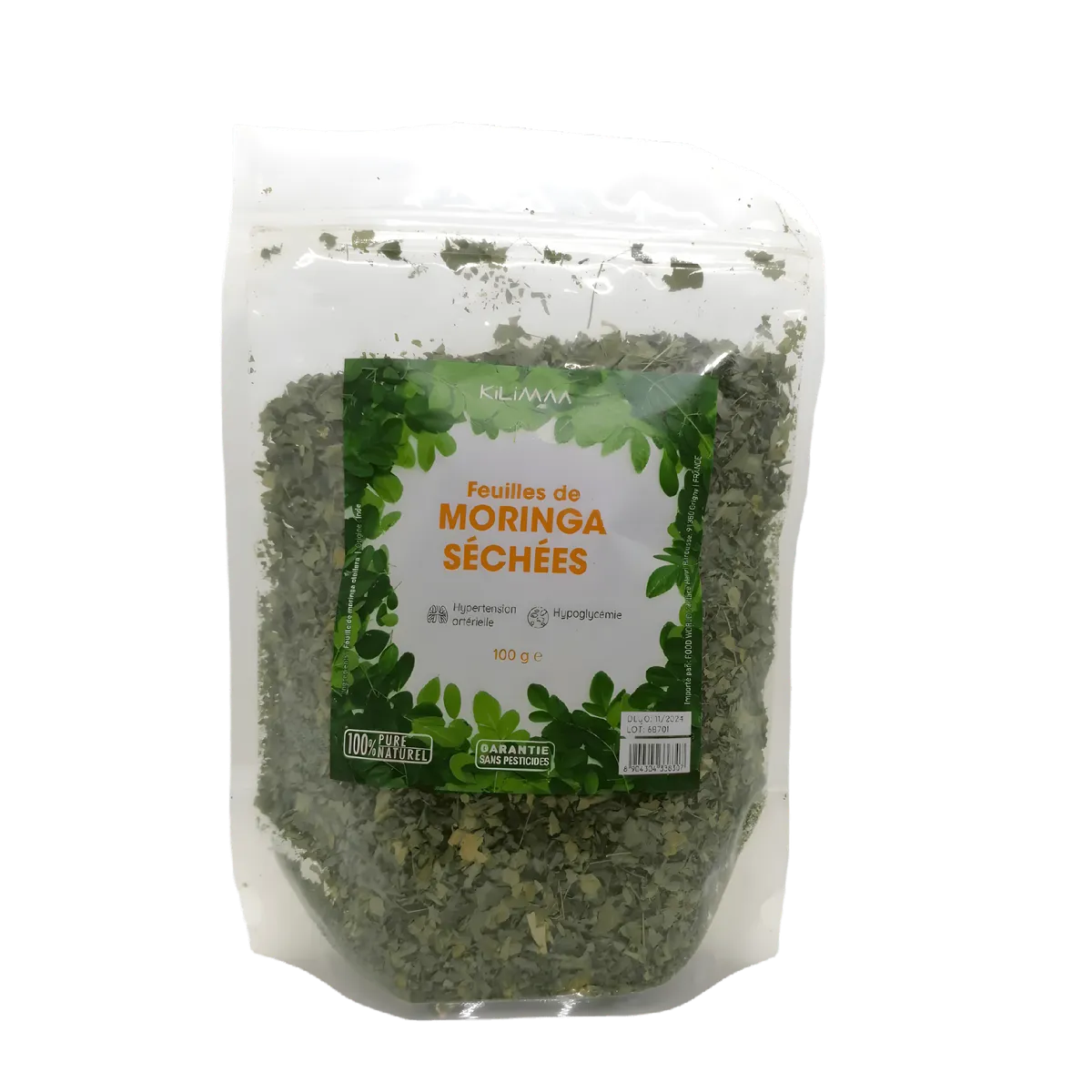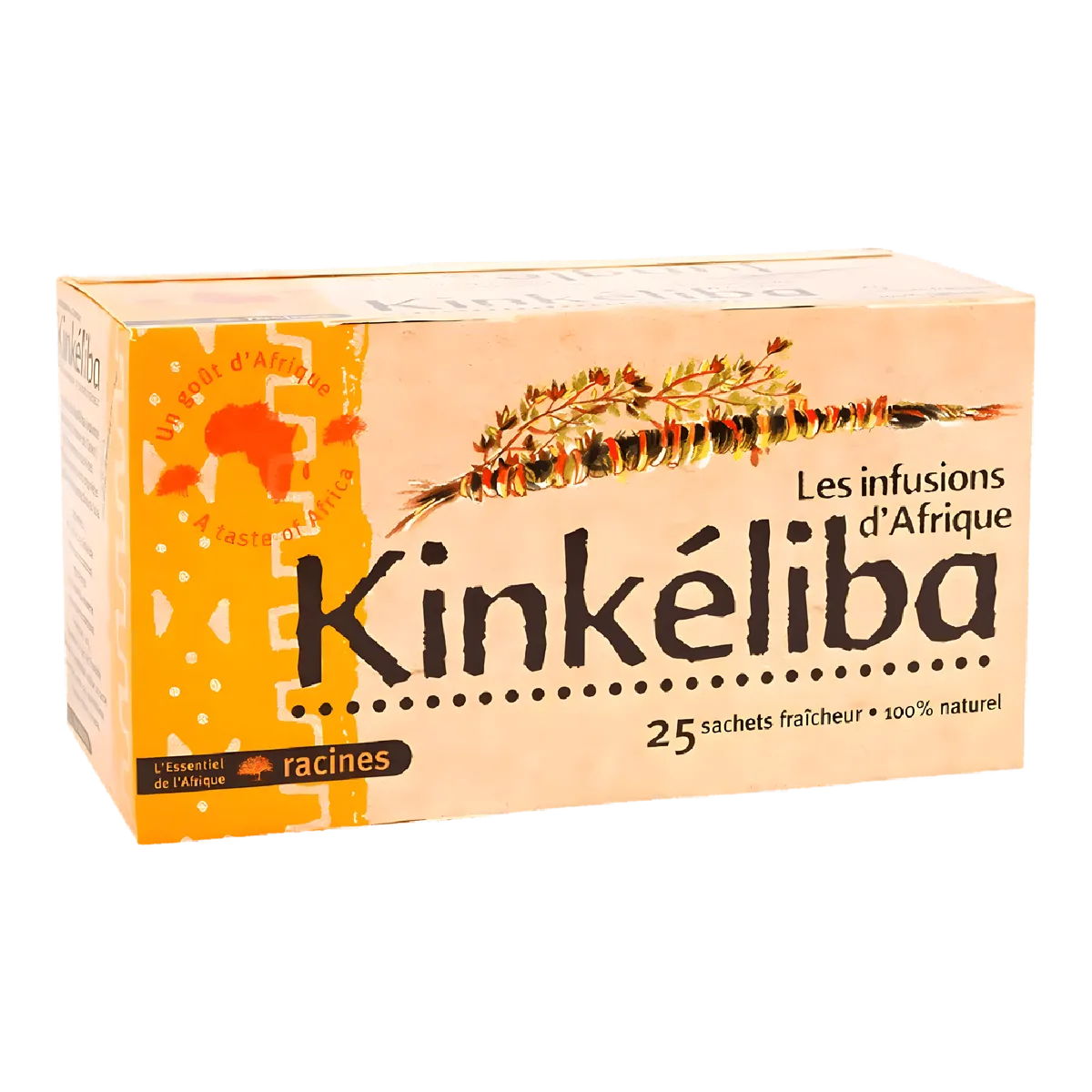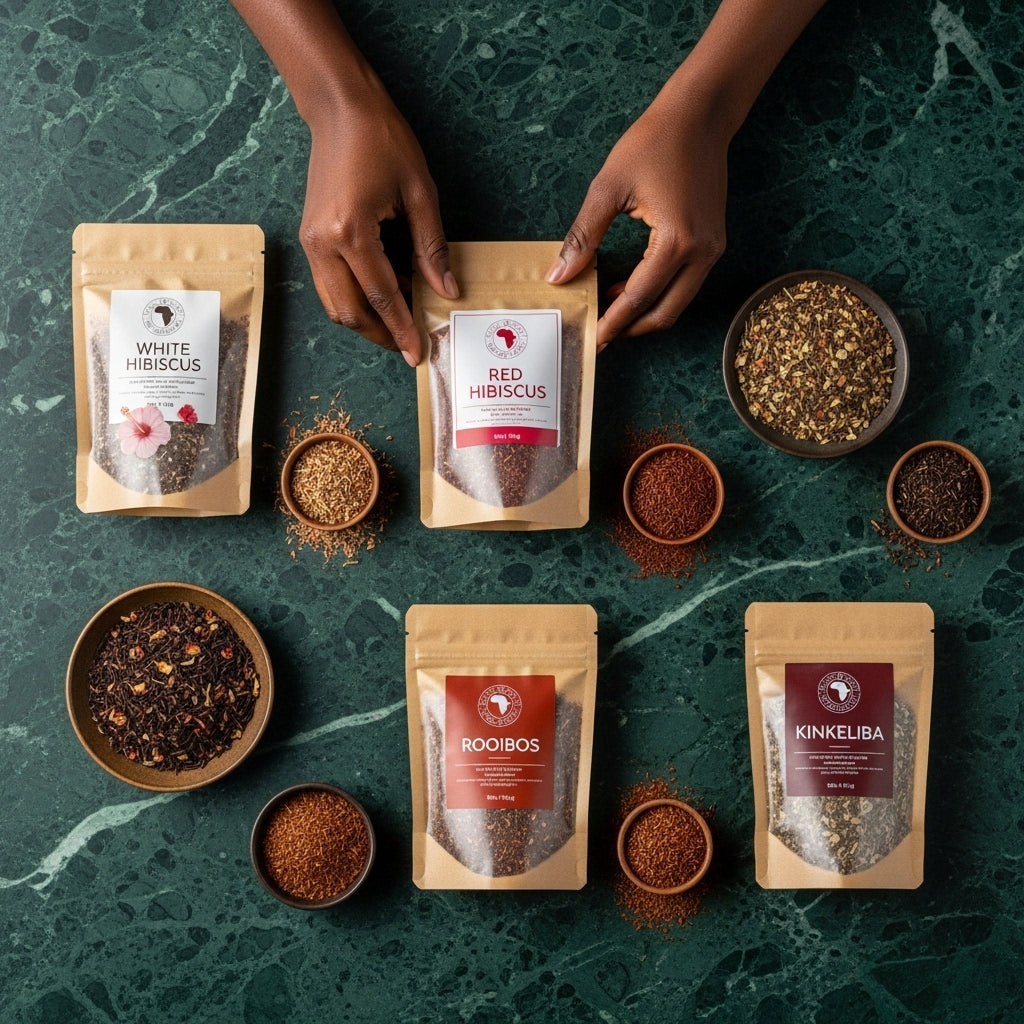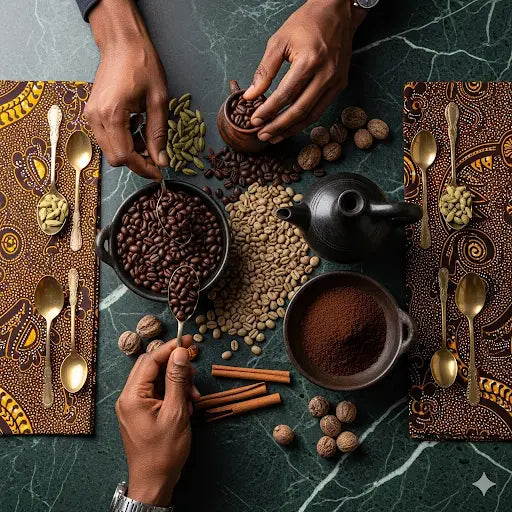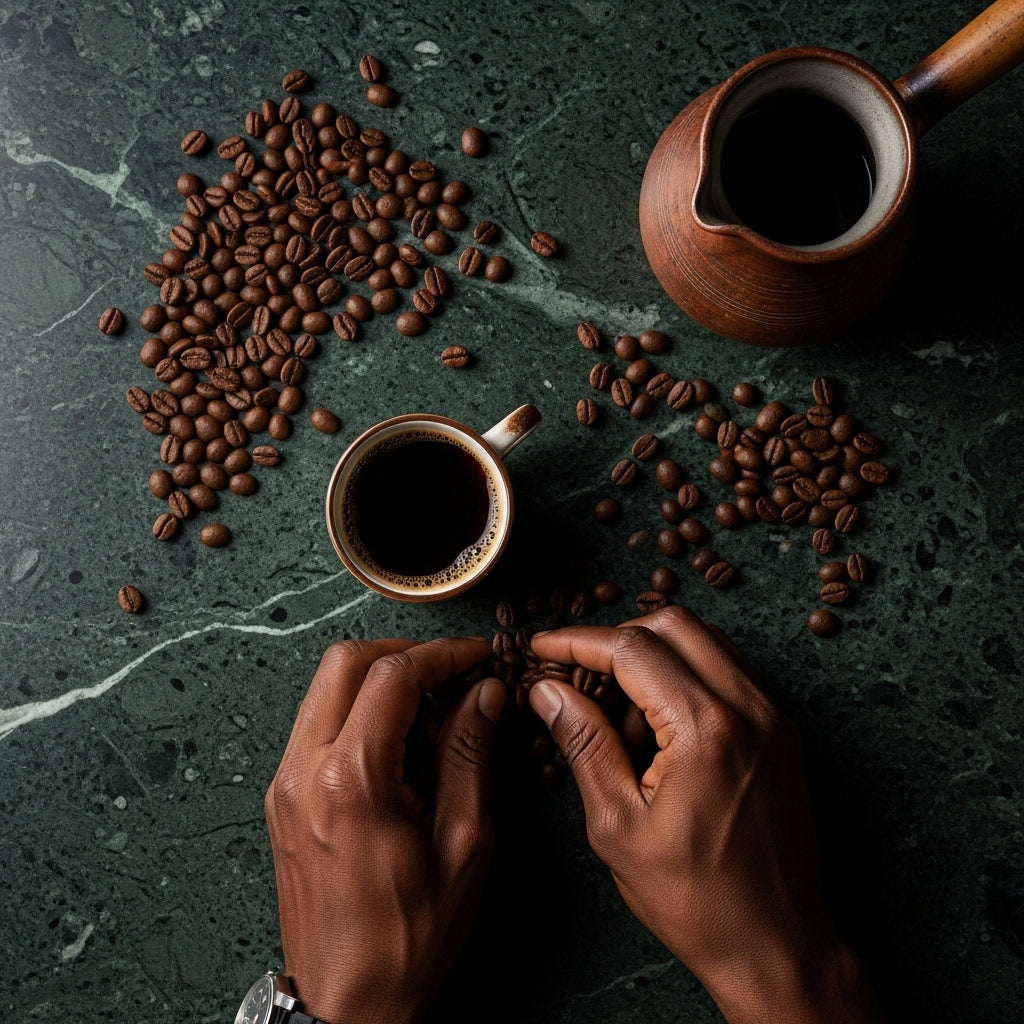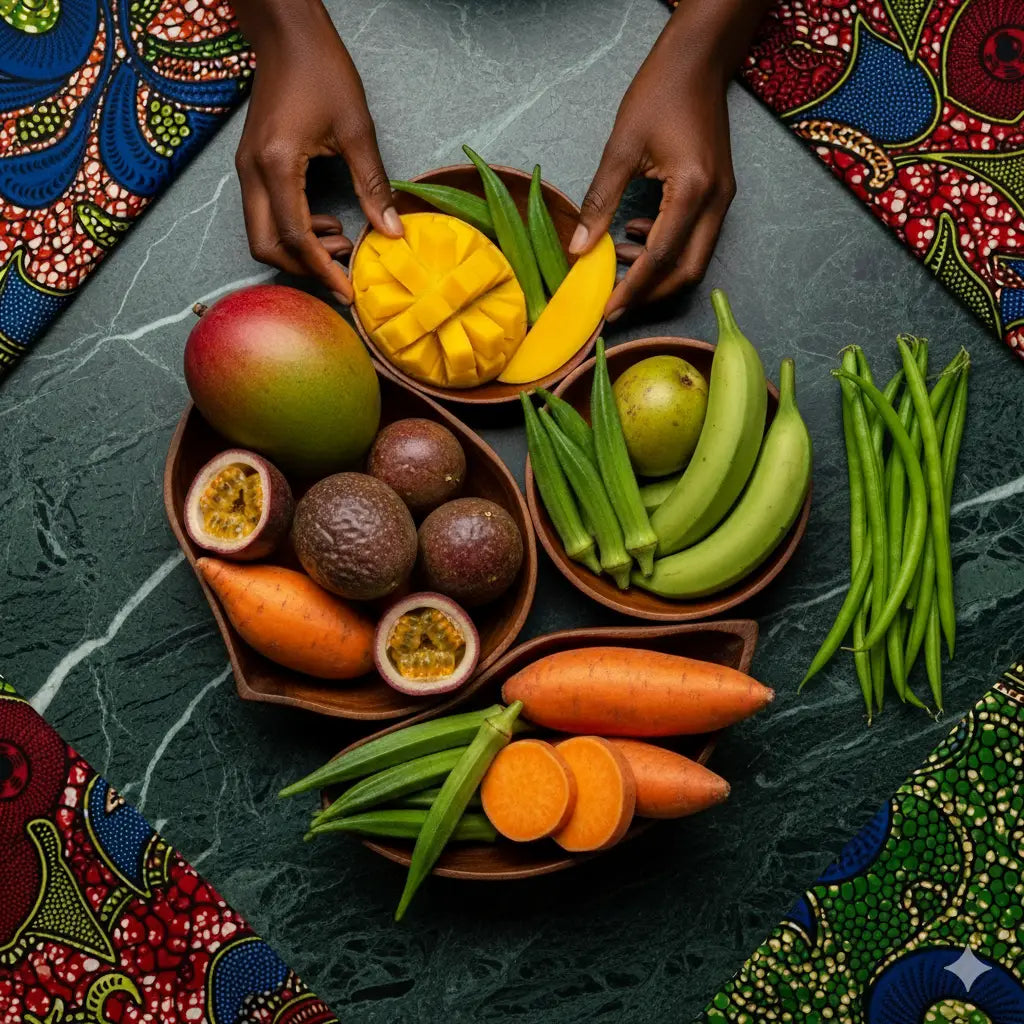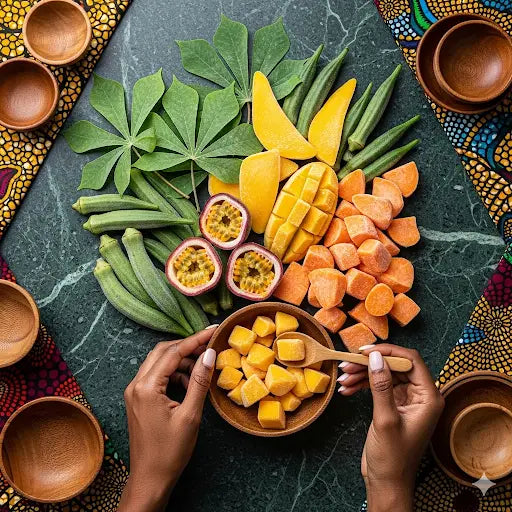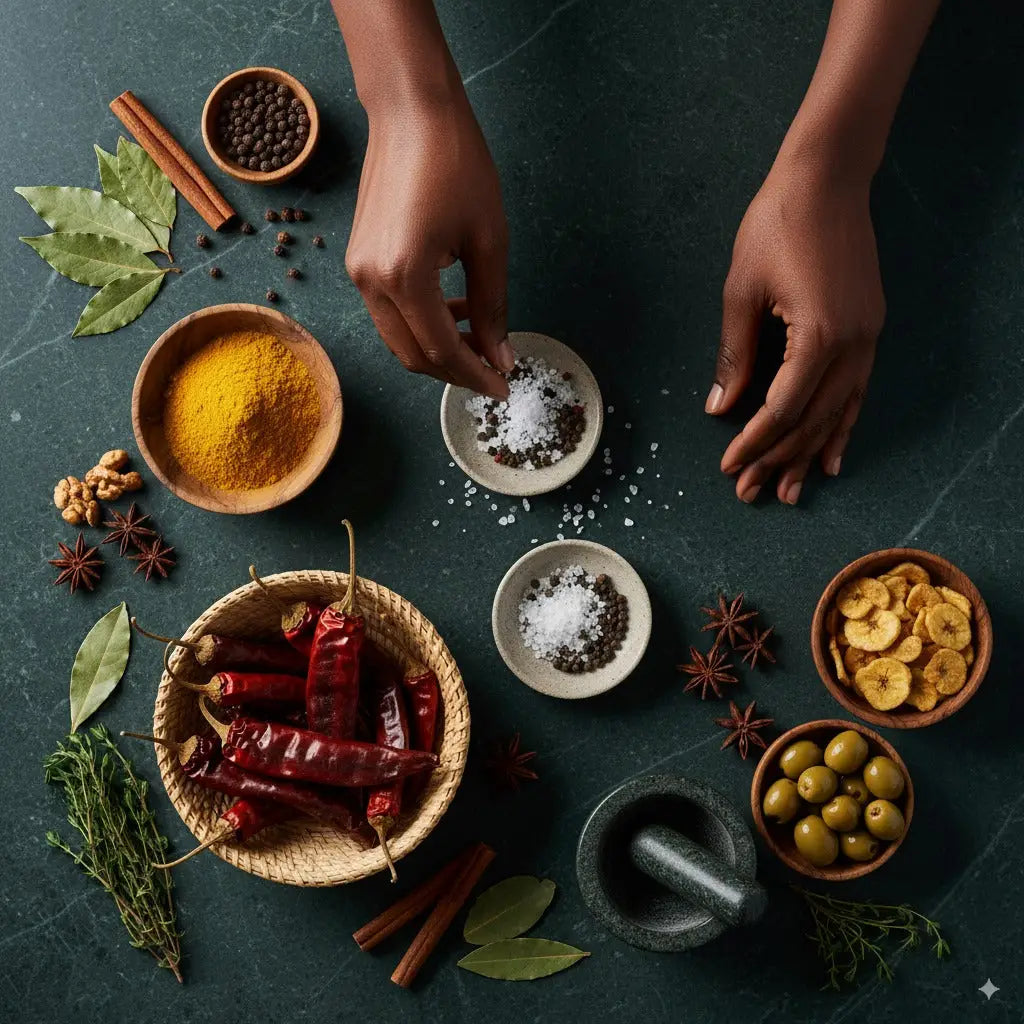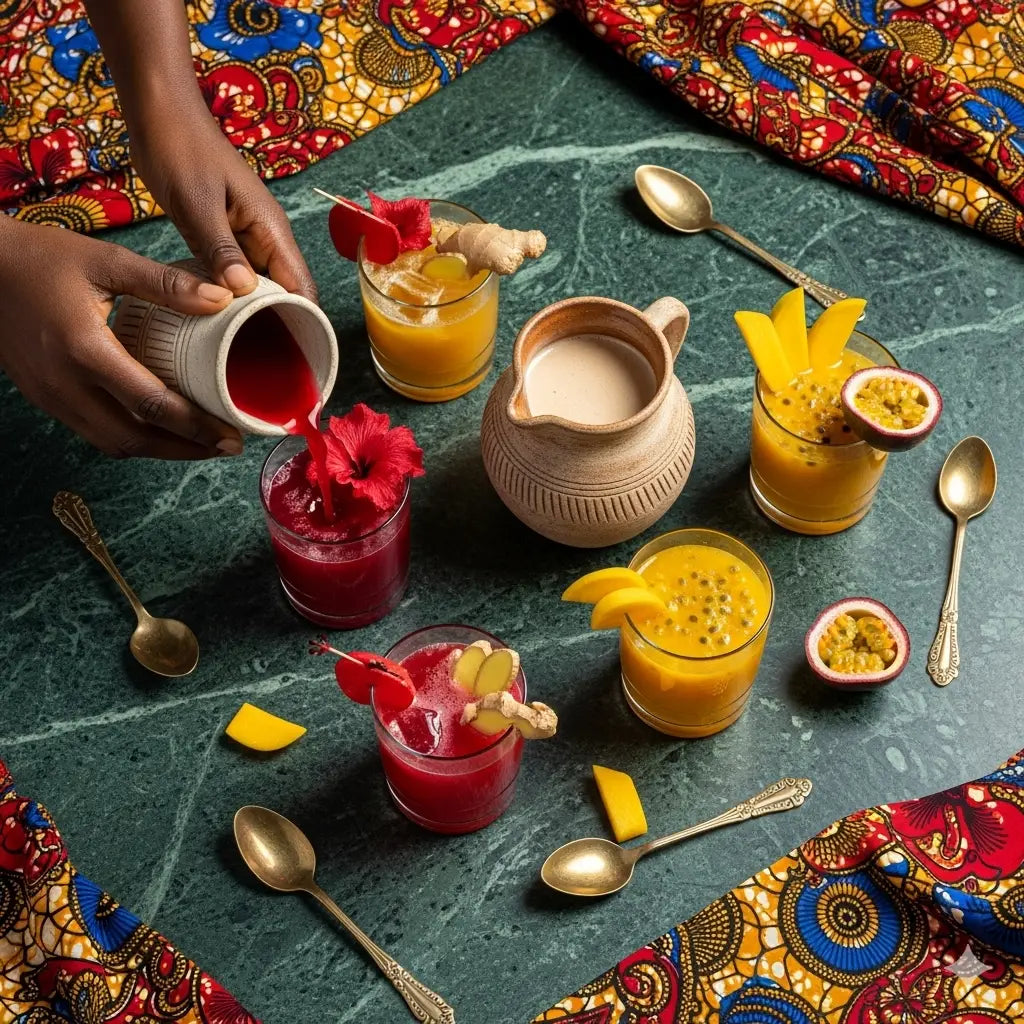Journey of the Senses: Amaranth leaf, also known as Biteku teku, Fontètè, or Folon, is a culinary gem with African cultural nuances. Known for its tender green leaves, it brings a unique and nutritious touch to your table, inviting you on an exceptional taste journey.
The Quality that makes the Difference:
This versatile leafy vegetable is prized for its nutritional qualities and delicious texture. Amaranth leaf is distinguished by its adaptability, lending itself equally well to stews and crisp salads, satisfying both amateur and novice cooks.
Your Benefits at a Glance:
- Delicate taste and nutritional treasure
- Culinary versatility for various dishes
- Pleasant texture, perfect for salads and stews
- Easy to incorporate into your daily diet
How to Enhance Your Dishes:
Incorporate amaranth leaves into your favorite recipes. Shred them finely to enhance a salad, add them to soup for a touch of greenery, or incorporate them into stews where they reveal their tenderness and refined flavor. It's the perfect ingredient to elevate your everyday meals into true taste experiences.
Frequently Asked Questions about Amaranth Leaf:
What is the difference between amaranth leaf and spinach?
Amaranth leaf is often compared to spinach, but it offers a softer texture and a more delicate flavor. It is also more nutritious.
How to store amaranth leaves?
It is recommended to keep them in the freezer to preserve their freshness and nutritional qualities.
What kind of dishes can amaranth leaves be used in?
Amaranth leaves are ideal for salads, soups and stews, offering great flexibility in cooking.
What is the best way to prepare amaranth leaves?
You can blanch them lightly to soften the texture or sauté them to retain all their crunch.
Are amaranth leaves easy to cook for beginners?
Absolutely! Thanks to their versatility, they easily integrate into many recipes, perfect for novice cooks.
